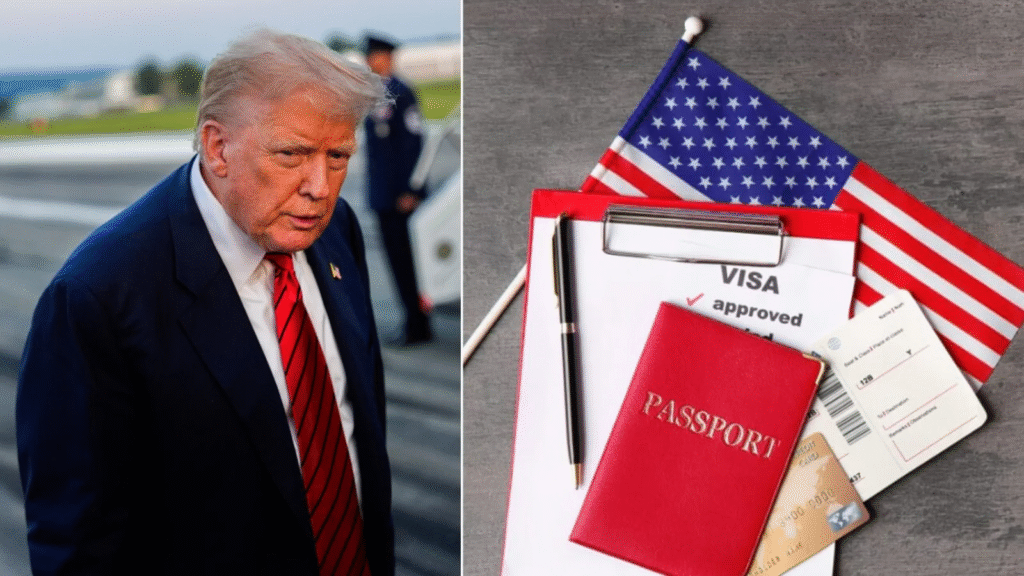Brand USA, the public-private partnership responsible for promoting tourism to the United States, has reported that international travel intent is stabilizing slightly after months of fluctuation. The findings suggest a cautiously optimistic outlook for the U.S. tourism sector, which has faced challenges from rising costs, economic uncertainty, and lingering pandemic effects.
The Brand USA travel intent report indicates that while overall interest from potential international visitors remains below pre-pandemic levels, the decline has slowed, and some markets are showing early signs of recovery. North America and Europe, in particular, demonstrate more consistent interest in visiting the United States, while regions such as Asia and South America continue to experience slower recovery rates.
Tourism experts say that these slight improvements in travel intent are important for the U.S. economy. International visitors contribute billions of dollars each year to sectors including hospitality, retail, entertainment, and transportation. Even small gains in visitor interest can have meaningful impacts on revenue and employment.
Brand USA emphasized that the stabilization is a result of multiple factors. Increased marketing campaigns, improved air connectivity, and competitive visa policies have helped reassure travelers. Promotional initiatives highlighting U.S. destinations, cultural events, and natural attractions are also playing a role in reviving global interest.
Despite these positive signs, challenges remain. Rising airfare, hotel prices, and economic uncertainty continue to influence travelers’ decision-making. International visitors are more cautious with discretionary spending, often prioritizing essential expenses over luxury activities. The result is slower-than-expected revenue growth for the U.S. tourism sector.
Travel industry groups have welcomed Brand USA’s findings but caution against over-optimism. Airlines, hotels, and attractions are encouraged to continue efforts to attract and retain international visitors. Many organizations are offering bundled travel packages, discounted rates, and enhanced safety protocols to appeal to cautious travelers.
Education and business travel remain key components of international tourism. Universities and corporate programs rely on the steady flow of international students, executives, and conference attendees. Improvements in travel intent, even incremental, may signal better prospects for these sectors, helping offset some losses from leisure tourism.
Economists note that the stabilization in international travel interest could influence broader economic activity. Tourism is a major contributor to state and local economies, generating tax revenue, creating jobs, and supporting small businesses. Any recovery in visitor numbers and spending, however modest, has positive multiplier effects across multiple sectors.
Brand USA’s report also underscores the importance of clear communication and collaboration between governments and private industry. Visa processing efficiency, reliable flight schedules, and coordinated marketing efforts are crucial to converting travel intent into actual visits. Delays or complications in these areas can hinder the recovery trajectory.
Analysts suggest that sustained marketing campaigns, targeted promotions, and incentives could accelerate the return of international travelers. Countries competing for global tourism dollars are actively promoting their destinations, making it vital for the U.S. to remain attractive and accessible.
For travelers, the report signals that the U.S. remains a viable and desirable destination. With measures in place to ensure safety, affordability, and convenience, potential visitors may feel more confident planning trips in the near future.
The Brand USA travel intent stabilization highlights a cautiously positive trend for the U.S. tourism sector. While challenges such as economic pressures, travel costs, and visa processes persist, even a slight improvement in international interest provides hope for recovery. Industry stakeholders are now focusing on converting intent into action by attracting more visitors and encouraging higher spending.
As the year progresses, tourism organizations, airlines, and local businesses will closely monitor trends in international travel intent. The goal is to ensure that stabilization translates into tangible growth for U.S. tourism, helping restore pre-pandemic momentum and reinforcing the country’s position as a leading global destination.


